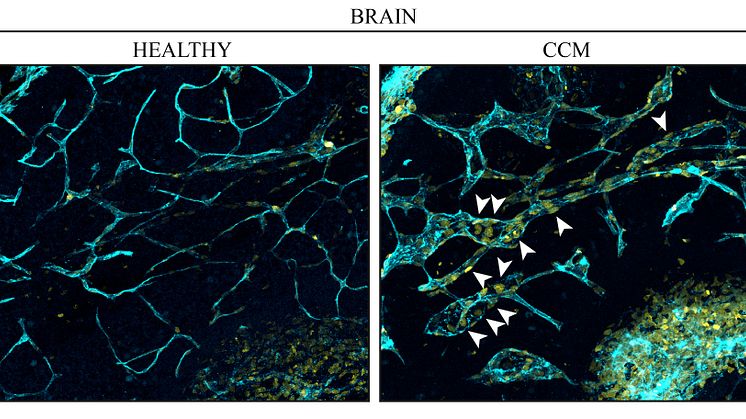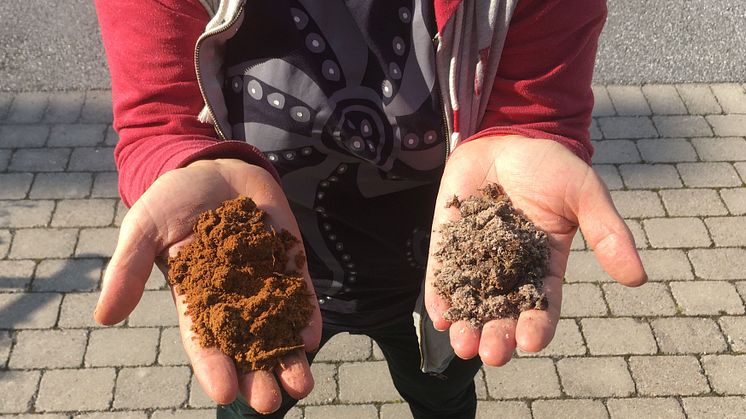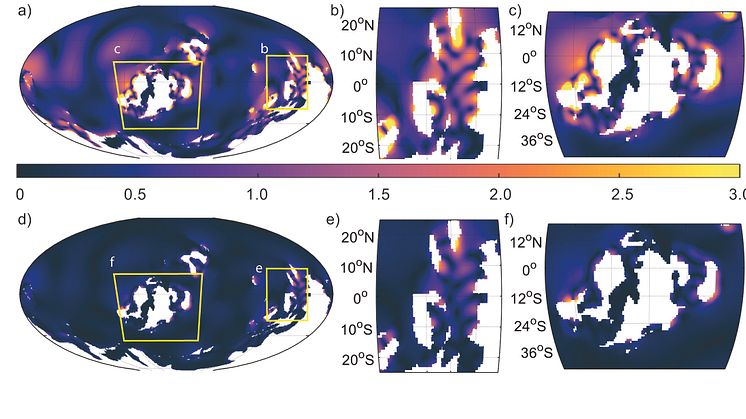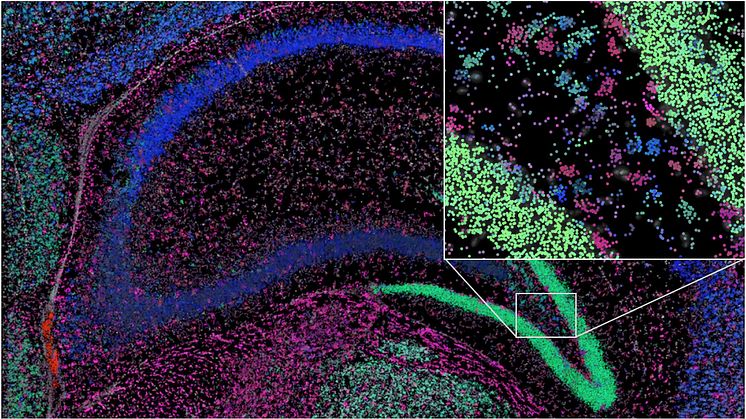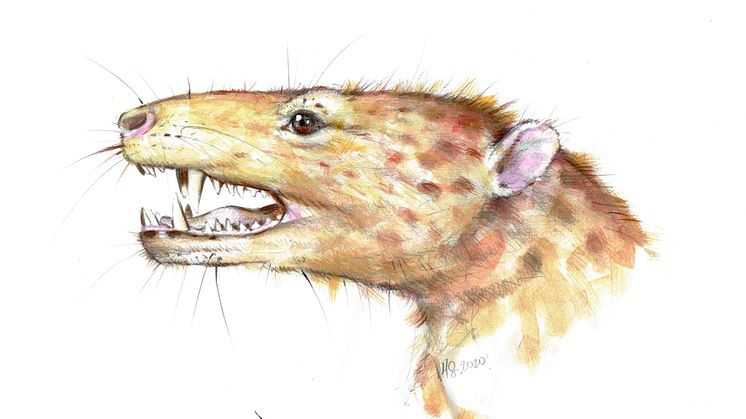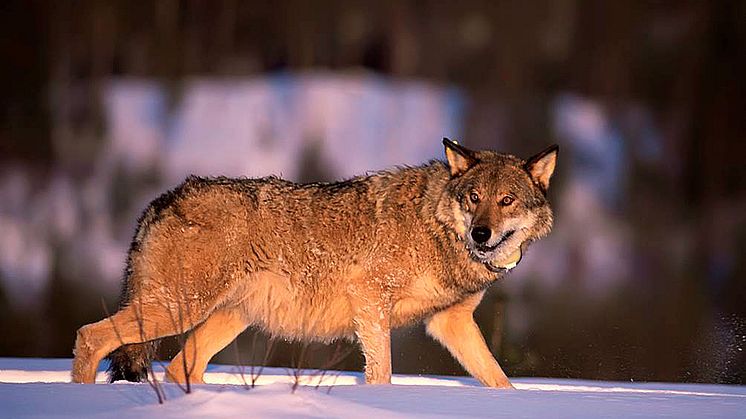
Swedish, Finnish and Russian wolves closely related
The Scandinavian wolf originally came from Finland and Russia, and unlike many other European wolf populations its genetic constitution is virtually free from dog admixture. In addition, individuals have migrated into and out of Scandinavia. These findings have emerged from new research at Uppsala University in which genetic material from more than 200 wolves was analysed.

